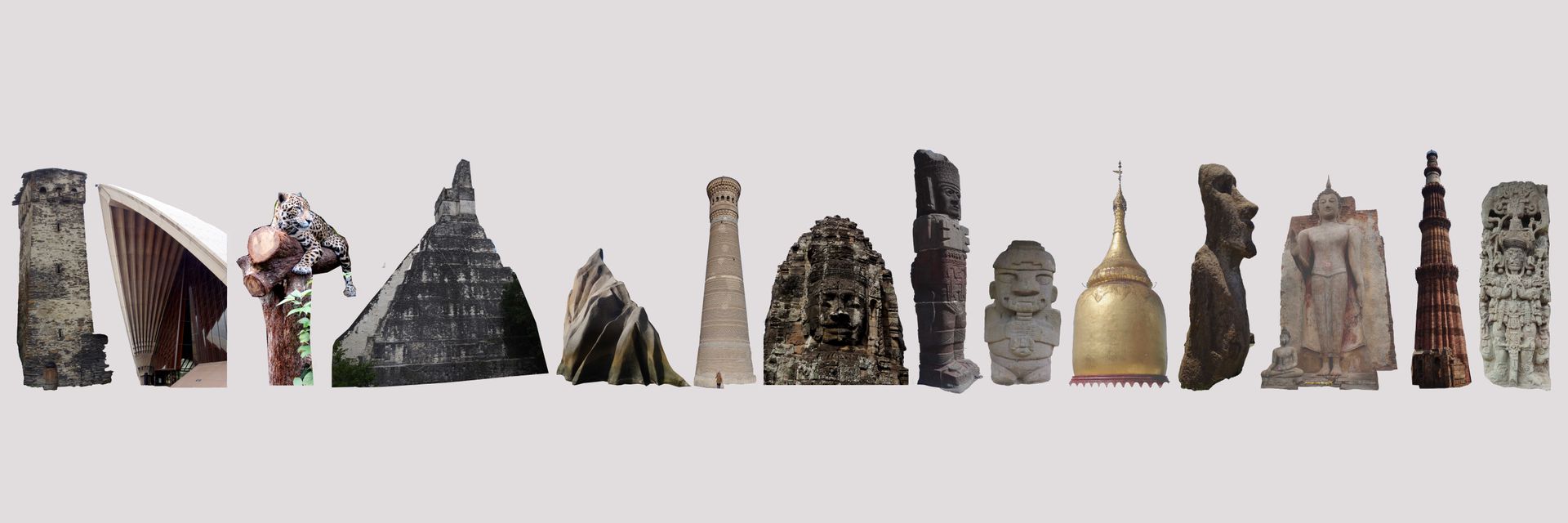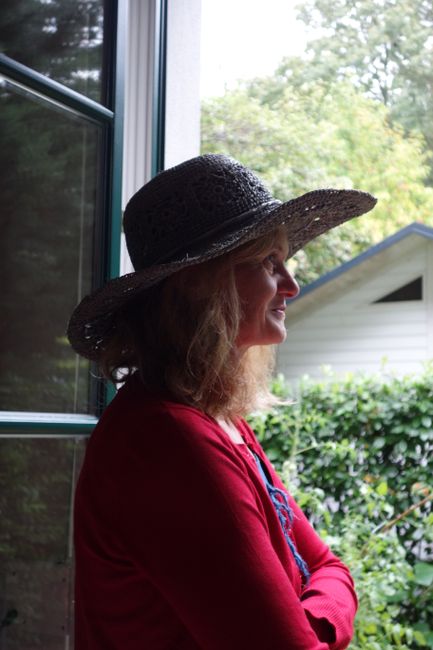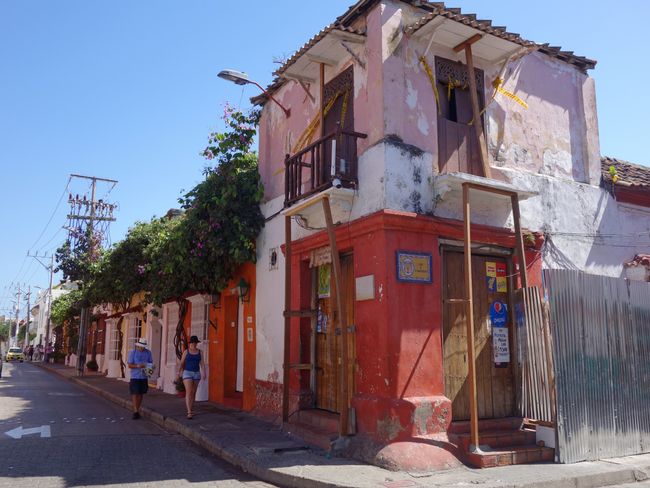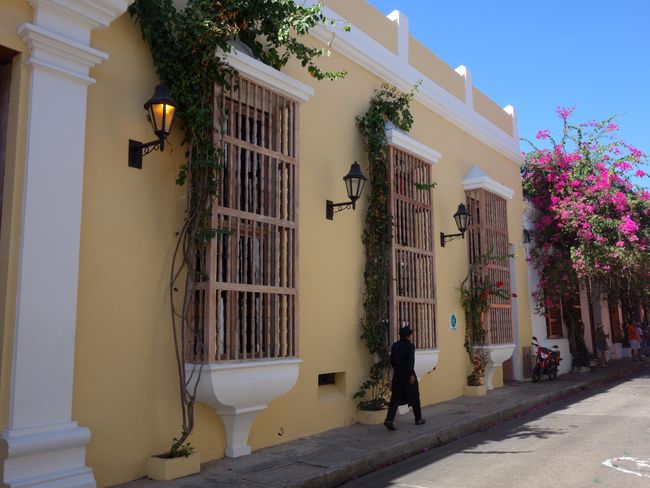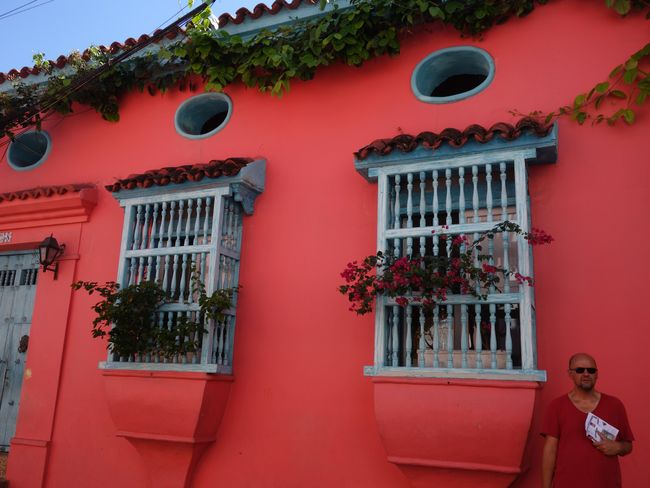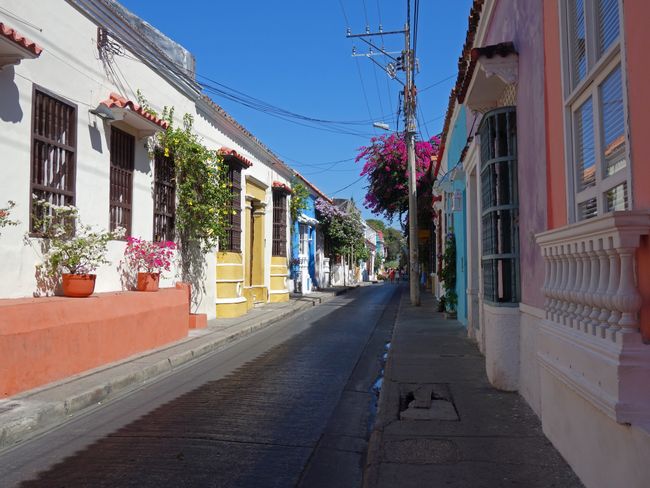Colombia - blown away
प्रकाशित: 03.01.2019
न्यूजलेटर के सब्सक्राइब करू
With Colombia, the last leg of our journey has begun, which we will spend in Latin America - a stage that I have been looking forward to on the one hand, because I have always wanted to see the pyramids of the Mayas and the other ancient indigenous peoples, but which I have also feared: because firstly, here (in contrast to our previous destinations) crime and violence are everyday occurrences, and secondly, neither of us speaks Spanish (and many Latin Americans do not speak English), so I have already seen us standing on a dusty roadside in my mind, crying and clueless about how we will ever reach our destination.
It seems strange that we chose Colombia as the starting point in view of my fears, because until about two years ago, only very adventurous people came up with the idea of traveling here, as the country was dominated by bloody battles between the official security forces, the guerrillas, the paramilitaries, and various drug cartels. And you can't avoid taking buses in Colombia, especially in remote areas where no one speaks English.
The main guerrilla groups have handed over their weapons, Medellín has become a party city from a drug center, and the government is increasingly ensuring stability, even if it is repeatedly suspected of collaborating with paramilitaries. And since street crime, which is ubiquitous elsewhere in Latin America, is much less pronounced here, it is currently safer to travel in Colombia than in many other countries on the continent - as long as you don't go to the regions that are still not under control of the state. There, where the state is in charge, you can still see how new the peace is. Soldiers with automatic weapons and bulletproof vests are constantly and everywhere present.
Even when talking to people, the new security is usually mentioned very quickly. You could see how new it is in Tierradentro, which is located in a reserve inhabited by the Nasa tribe. The indigenous people have found an admirably bloodless way to defend themselves against the FARC, which until a few years ago ruled there, as well as the paramilitaries: on the one hand with "troops" armed only with sticks, and on the other hand, in the case of kidnappings, by searching for the victims in large groups (sometimes with several hundred people) until they found them and, of course, liberated them without a fight. In 2013, the guerrillas expressed their disapproval by first setting fire to the 18th-century church and then placing a landmine in the middle of the village square a few months later. The church has recently been restored to its full glory, which the friendly Nasa people are visibly proud of.
The Colombian buses and the communication with hands, feet, and broken Spanish work so well that we never ended up crying on the side of the road. On the contrary, we found traveling here very pleasant. Of course, the four places we visited only gave us a glimpse of this huge country, but they still brought us close to its diversity: Tunja, cold and windy, dominated by its altitude and the surrounding mountains, is a sleepy provincial town. San Agustín, with its great statues, has already begun to benefit from its status as a World Heritage Site and is the target of a visible number of visitors, especially from Colombia itself, but also from abroad, who are not deterred by the cool mountain climate. Until now, only a handful of interested people have made it to the remote and mountainous, but warmer Tierradentro, also a World Heritage Site; the warm hospitality of the Nasa compensates for the long and arduous journey.
And then there is the truly beautiful colonial city of Cartagena, which is located by the sea and is somehow like a different planet after the other three experiences: People come here who would not set foot in the rest of Colombia (except maybe in Medellín): chic boutiques, expensive (and too often bad) restaurants, and souvenir shops make the city "just so normal" for us Western travelers, as a young American woman expressed it in our nice accommodation (Casa Italia - la padrona è italiana). For Colombians, at least the enchanting center of this city is anything but normal, but rather the poor neighborhoods that can be guessed from the airplane.
न्यूजलेटर के सब्सक्राइब करू
उत्तर
